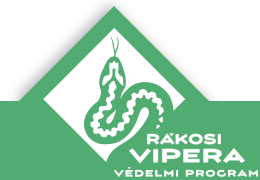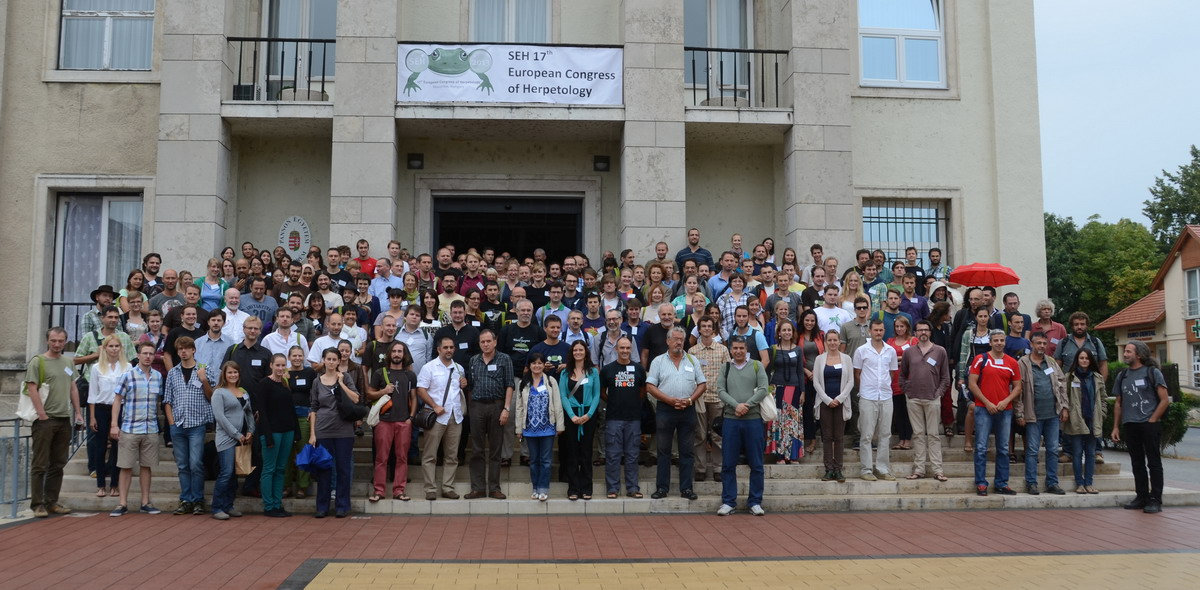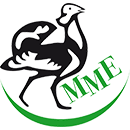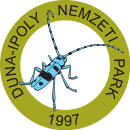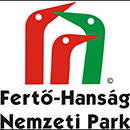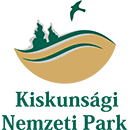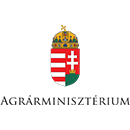The SEH 17th European Congress of Herpetology was held between 22 and 27 August in Veszprém, Hungary. The prestigious event, which is organized bi-annually by a local organizing committee selected by the European Herpetological Society (SEH), was last held in our country in 1991.
The conference was organized by the Hungarian Ornithological and Nature Conservation Society (MME BirdLife Hungary), the University of Pannonia , Institute of Limnology of the Hungarian Academy of Sciences and the Hungarian Natural History Museum, in cooperation with Altagra Ltd. Prior to the conference, as a connecting satellite event, we organized the closing workshop of our LIFE+ project “Conservation of Hungarian meadow viper in the Carpathian Basin “.
The conference participants could learn the results of our program in two lectures: Bálint Halpern presented latest results about reintroduction of meadow vipers, while Gábor Takács presented the results of habitat restoration in Hanság, focusing on the efforts to reduce invasive species. The latter presentation was heard as part of the symposium on the impact of non-native and invasive species. Summaries of the conference presenations are available here.
The next meeting of the European Herpetological Society Conservation Conservation (SEH CC), was also held during the conference, with Bálint Halpern representing our country. At the meeting members together with Claudia Corti, president of the Society, discussed their ideas about planned modifications of operation of SEH CC.
The day after the conference, but also as part of the official program, one of the optional excursions visited the Hungarian Meadow Viper Conservation Center. We presented the operation of the Center to about forty visiting experts, and we also visited site of grassland restoration and repatriation of vipers, giving a chance to learn our most important results on site. During the day we have had many accolades and praise from a lot of experienced professionals, which confirmed us that our results and conservation efforts are unique not only on European but even on global level.
